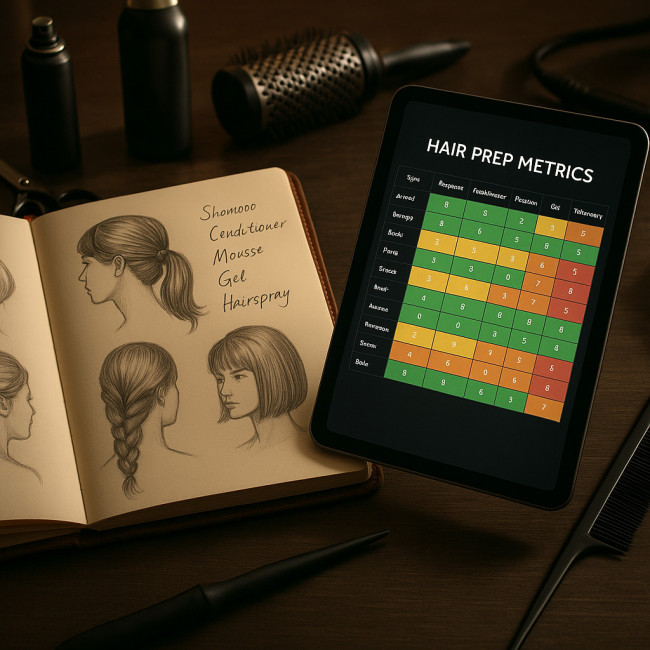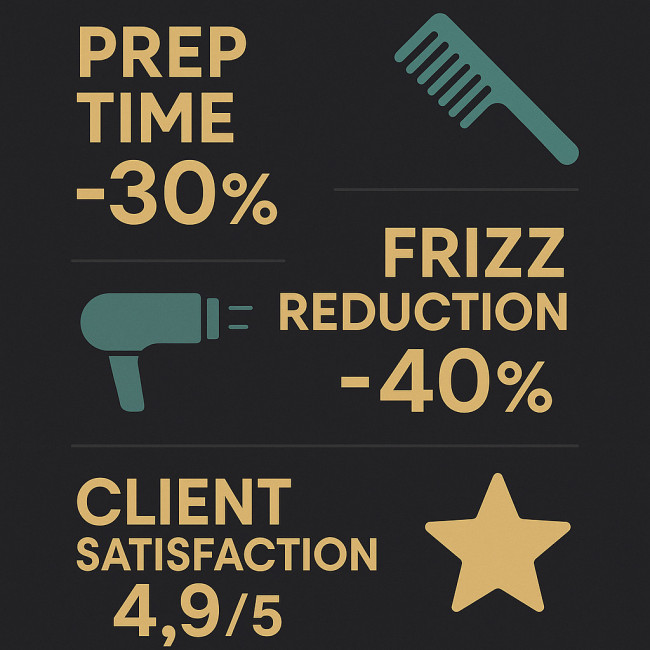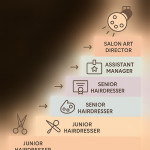Tracking progress: build a coiffeur skill journal that impresses recruiters
A clear, consistent skill journal does more than track your growth as a coiffeur—it gives recruiters concrete proof of your technical range, creative vision and reliability. Follow this guide to set up, maintain and leverage a journal that unlocks callbacks and premium fees.
Why a coiffeur skill journal wins the hiring race
Talent scouts want evidence, not promises. A structured record of your practice sessions and on-set results delivers:
- Credibility – time-stamped entries verify continuous improvement.
- Storytelling fuel – you convert raw notes into case studies for portfolio tweaks that catch a production's eye.
- Negotiation power – measurable progress backs higher day rates.
- Self-diagnosis – patterns reveal skill gaps before clients notice.
Recruiter perspective: three seconds that matter
During initial scans, agents look for proof that you:
- Handle diverse hair textures.
- Meet strict time windows on set.
- Adapt looks under changing lighting and humidity.
A journal lets you surface exactly those success indicators in one glance.
What to record in every entry
Keep pages compact yet data-rich. Each log should answer:
| Date | Context | Technique | Outcome | Learning | Next step |
|---|---|---|---|---|---|
| 2024-06-15 | Editorial shoot – curls | Twist-out, diffuser, anti-frizz serum | Look held 6 h under studio lamps | Serum cut frizz by 40 % | Test alternative serum brand |
Notice the absence of fluff. Numbers, timings and tangible outcomes rule.
Metrics recruiters love
- Average prep time per look.
- Hold longevity in minutes or hours.
- Product quantities in millilitres (waste reduction matters).
- Client satisfaction scores or social-media saves.
Paper vs digital: choose tools that fit your workflow

Whether you love the smell of fresh paper or the convenience of cloud sync, the underlying objective remains identical: remove friction so that your brain focuses on reflection, not software menus. A leather-bound Moleskine lets you storyboard hairstyles with sweeping pencil strokes during a train ride, while a spreadsheet auto-calculates average prep time the second you type a new row. The medium is therefore merely a conduit. What matters is that you can open it in three seconds, capture lighting conditions, product dosages, and client reactions before the memory fades. If a tool adds more taps, keystrokes, or charger anxiety than insight, drop it.
The best journal is the one you'll actually use. Compare options:
- Bound notebook – tactile, zero battery, ideal for quick sketches.
- Spreadsheet – instant calculations of average prep time.
- Note-taking app – add photos and tags for easy search.
- Dedicated portfolio platform – syncs entries to galleries; see the advanced hair-stylist training hub for integrated templates.
Whichever medium you pick, back up weekly and restrict each entry to one screen or page.
A five-step framework to set up your journal today
- Define goals. Choose one technique, one timing and one client-experience metric to improve this quarter.
- Create templates. Pre-build the table above inside your tool, saving minutes per entry.
- Schedule checkpoints. Log at the end of every service day; batch reflection on Sundays.
- Attach visuals. Snap before/after shots—see lighting hacks to photograph your creations—and link them to the entry.
- Review monthly. Chart progress, set new micro-goals and archive outdated techniques.
Example monthly review questions
- Did average prep time drop at least 10 %?
- Which products consistently delivered the longest hold?
- Which texture or colour challenge still slows me down?
Turn journal insights into recruiter-ready proof

When a production manager skims your CV, they are subconsciously calculating risk: Will this hairstylist slow down the schedule? Can she reproduce reference looks without endless tweaking? A stats-rich bullet such as “Cut blow-dry time by 30 % across 12 consecutive shoots” answers those questions in milliseconds because it translates raw effort into saved budget. The journal is your internal laboratory; the proof points you export from it form the marketing headlines that secure callbacks. Make a habit of distilling every 30 days: pick two numbers that improved the most, write one sentence of context, and attach an unfiltered photo. That trio—metric, narrative, visual—travels effortlessly across emails, reels and call sheets.
Raw data alone does not sell. Transform logs into concise bullet points for emails, social posts and directories:
Reduced bridal up-do prep from 55 min to 38 min in eight weeks through targeted clamp control exercises.
Add these achievements to your profile along with data-driven booking metrics for maximum impact.
Embed metrics in your showreel captions
- “60-second transformation filmed in real time.”
- “Humidity resistance: 5 h outdoor shoot – zero frizz.”
Recruiters spot numerals faster than adjectives.
Maintain consistency without burnout
Consistency beats perfection. Follow the 3-minute rule: if an entry takes longer than three minutes to write, you're overthinking. Use shorthand and finish the reflection later if needed.
Automate reminders on your phone, or pair journaling with a non-negotiable daily ritual—closing your kit bag, for instance.
Accountability hacks
- Buddy up with a makeup artist on set and swap weekly progress snapshots.
- Reward streaks: after 30 consecutive days, treat yourself to a new tool.
Common pitfalls—and quick fixes
- Vague language. Replace “look lasted well” with “look remained intact for 4 h under 30 °C.”
- Inconsistent visuals. Always shoot in the same lighting corner.
- Data overload. Track three metrics max per quarter; archive the rest.
Mini quiz: ready to launch your skill journal?
FAQ
- Do recruiters actually read my journal?
- They rarely ask for the full document, yet the distilled stats and visuals you pull from it heavily influence their shortlist decisions.
- How often should I update my journal?
- Daily logging and monthly reviews strike the best balance between accuracy and workload.
- Which platform is safest for client confidentiality?
- A spreadsheet stored in encrypted cloud folders lets you anonymise client names while tracking key metrics.
- Can a journal replace formal certificates?
- No, but it complements them by proving real-world application and growth beyond a single course date.
Take action today
Set a timer for three minutes, open your chosen tool and draft your first entry now. Within a month you'll wield a data-driven story recruiters cannot ignore.











